When I was ten, lonesome at my grandma’s, I discovered America’s Funniest Home Videos. I would HOWL at the baby ones; they would give baby a pickle and we would get to watch poor baby react. Baby would have a visceral reaction, but more one of surprise than distaste. So adorable (I have not done this to my baby, FYI. Should I?).
Taste is a big part of life. That first cup of coffee, mom’s spaghetti and meatballs, a campfire. We use our sense of taste in many ways. Our “taste” in clothing, the flavor of an adventure, the spice of life.
Eating is necessary for life; something we do several times a day. For many of us, food can be fraught with negative stories: body image, time crunch, kids (or selves) who won’t eat anything but chicken nuggets and goldfish crackers – it’s a tough topic.

Ayurveda divides food into categories based on six tastes. Each taste is made up of two of the five elements (ether, air, water, fire, earth), and has a unique combination of qualities. All foods have at least one of the six tastes, and lots of foods have two or more. Ayurveda says that to really satisfy the body, all six tastes should be present at every meal.
The six tastes affect our doshas, as the tastes all have different qualities/elements, just like the doshas do. A taste that has the same qualities as a dosha will increase that dosha. So to balance an overactive dosha, we need to emphasize tastes that have the opposite qualities.
Have you ever been to a restaurant where they serve the salad last? It’s reserved for the fancy, but has a basis in Ayurveda. There are three phases of digestion, starting with the sweet kapha phase – permission to eat dessert first! Or, start with grains, which are sweet in nature. Sweet is to be eaten first because it requires strong digestion. Next is the sour pitta phase, for sour and salty foods. Finish with bitter and astringent tastes (arugula greens anyone?). These are for the vata phase of the meal; they support vata and reduce kapha.
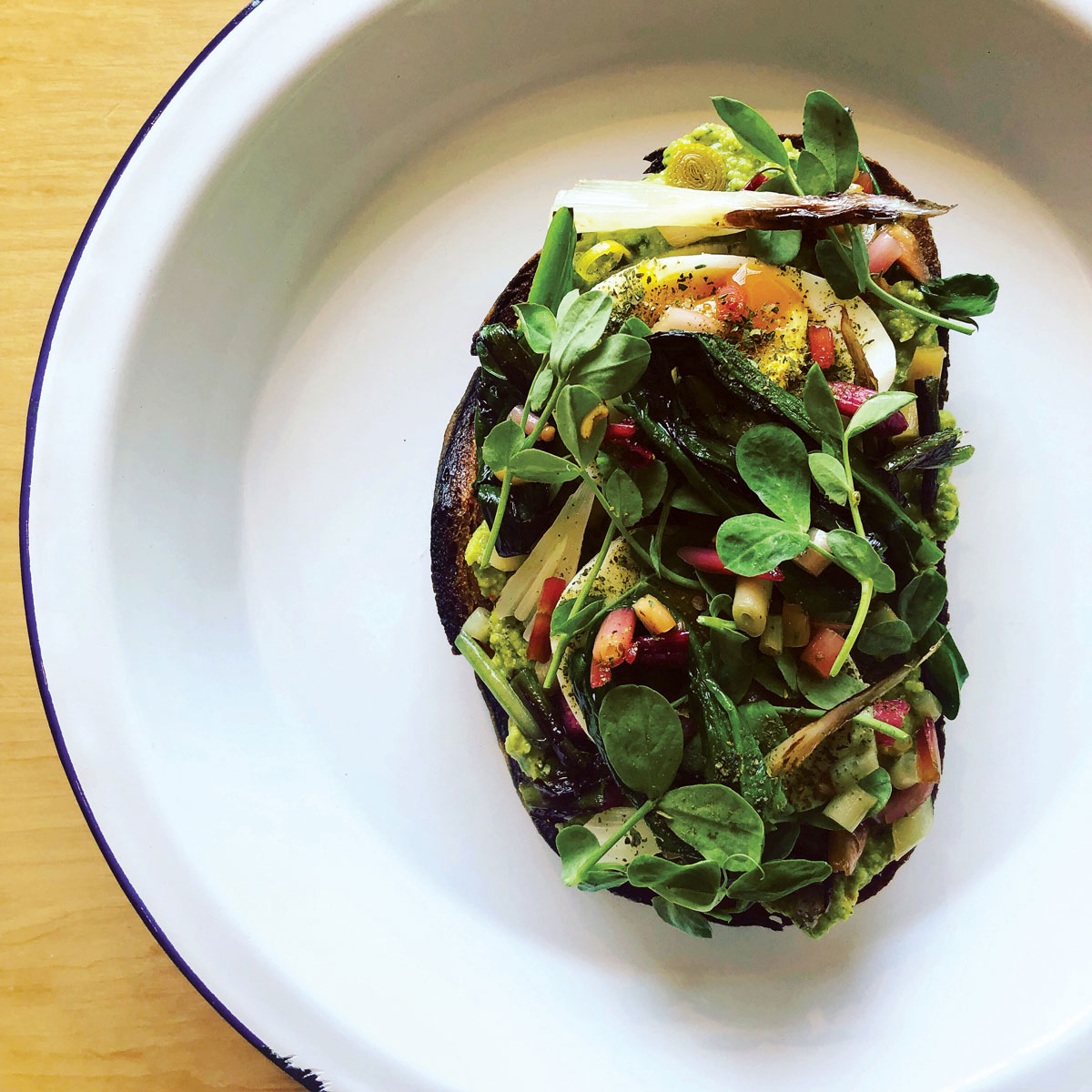
The Six Tastes (Rasas in Sanskrit)
Rasa in Sanskrit means emotion as well as taste. Emotions and taste are connected. Think of the expression “it left a bad taste in my mouth” to denote something unsavory that has happened, or calling an experience “delicious”.
Certain tastes/types of food are better for certain people; it depends on our dominant doshas. When we understand the effects of tastes on our mind/body, we can eat accordingly, using food as medicine to balance out our precious doshas. To balance a dominant dosha, we want to decrease that dosha, because it’s already strong in us. That dominance can tend toward imbalance (increase). We may also become imbalanced in a non-dominant dosha. Anyone can develop a vata imbalance, especially in Fall, as Fall/Winter is vata season.
Foods and herbs can work with us to balance our doshas. Certain foods/herbs have more than one of the tastes, so some items are on several of the lists you will find below.
The six tastes are: Sweet, Sour, Salty, Pungent, Bitter and Astringent
Sweet – Water & Earth
Oh comforting, filling Sweet! You nourish us, make us feel comfy-full. You stimulate growth, strength, vitality.
In excess, we can become heavy, get colds or constipated.
Kaphas not to overdo and vatas should enjoy in nutritious forms.
The qualities associated with the sweet taste are cooling, heavy, oily.
Increases kapha, decreases vata and pitta
- grains
- ghee (clarified butter, important in Ayurveda – found in many grocery stores)
- pasta
- bread
- meat and fish
- eggs
- sugar, honey, maple syrup, stevia
- milk
- cheese
- nuts and seeds
- pumpkin
- potatoes, most root vegetables
- carrots
- beets
- avocados
- dates
- apricots
- nutmeg, cinnamon, fennel, mint, ashwagandha, basil, cardamom
- squash
- parsnips
- cucumber
- most fruits
Sour – Earth & Fire
So refreshing! Sour stimulates the brain and the gut, so you can think and also poop. Gives energy and strengthens the heart, can ground vata.
Too much causes indigestion, heartburn, and skin issues.
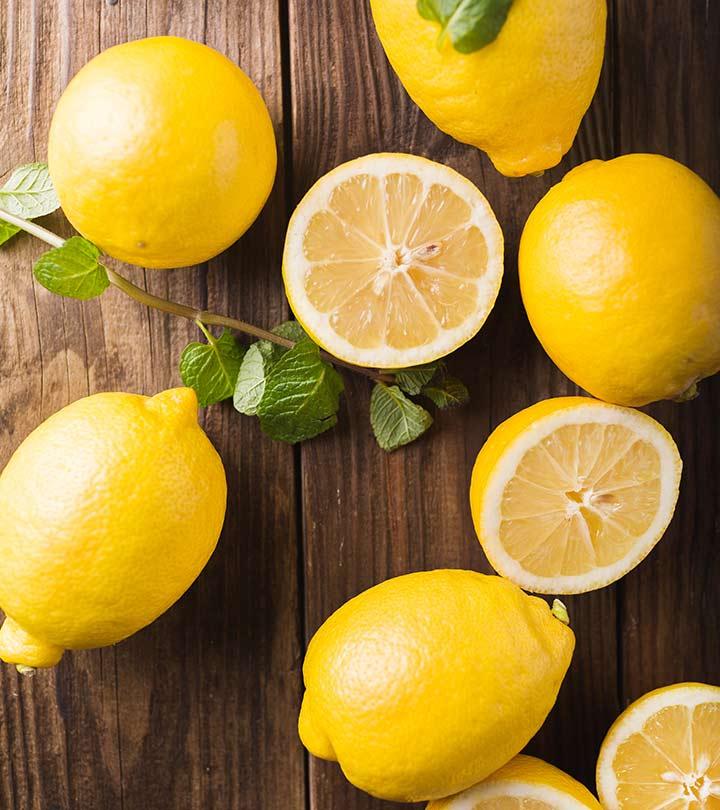
The qualities associated with the sour taste are heating, oily, and light.
Increases kapha and pitta, decreases vata
- lemon
- vinegar
- wine
- cheese
- yogurt
- pickles
- soy sauce
- spinach
- citrus fruits
- tomatoes
- sour apples
- raspberries
- plums
- green grapes
- blueberries
- pomegranate
Salty – Water & Fire
Salt tastes good in everything. It also increases our appetite for food.
In small doses, salt helps us digest and detox, feel calm, and absorb nutrients.
Too much salt will aggravate pitta – anger, acid reflux, rashes, acne. It may also keep kapha stuck in a rut.
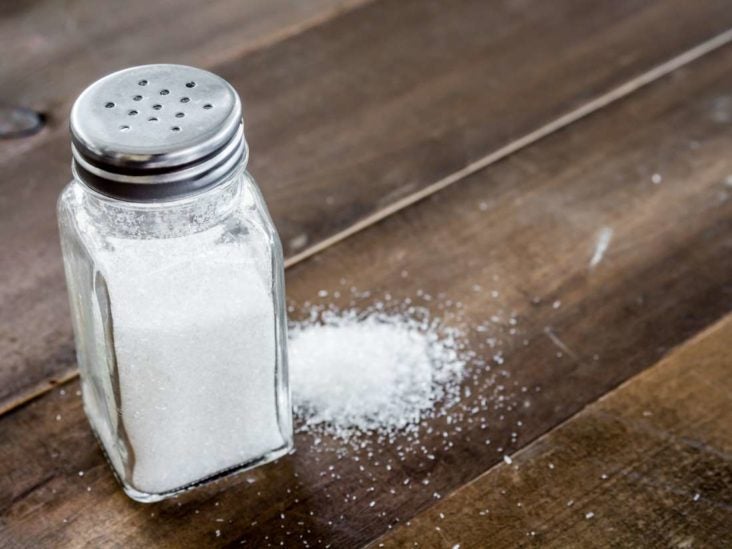
The salty taste is heating and oily.
Increases kapha and pitta, decreases vata
- soy sauce
- seaweed
- celery
- smoked meats and fish
- olives
- anchovies
- salted nuts
- chips
- cheese
- celery seed, cumin, dill seeds, cumin and coriander seeds
- pickles
- fast food
- processed food (salt is a preservative)
- salt
Pungent – Fire & Air
Pungent herbs and adjuncts give food it’s “pop”. They help with digestion and absorption and assist with flushing secretions out of the body. They can get rid of bacteria in the gut and stimulate the mind; get us motivated.
Too much is hard on pitta – can lead to irritation, heartburn, anger and depletion.

The pungent taste is heating, dry and light.
Increases pitta and vata, decreases kapha
- black pepper
- alcohol
- coffee
- raw onions & leeks
- mustard greens
- radish
- watercress
- mustard
- horseradish
- ginger, garlic, basil, black pepper, caraway, cayenne, cinnamon, cloves, cumin, nutmeg, saffron, fennel, turmeric
- radishes
- chili peppers
- cardamom
Bitter – Air & Ether
Bitter foods and herbs decrease food cravings, improve digestion and detox the liver. They help reduce inflammation, keep the skin firm, decreases bloat, and reduce weight.
Too much bitter can deplete the body and cause dissatisfaction, insecurity and anxiety for vata dosha.

The bitter taste is light, cooling and dry.
Decreases pitta and kapha, increases vata
- coffee & tea
- Aloe Vera juice
- dark chocolate
- leafy green vegetables (lettuce, radicchio, chicory, dandelion greens)
- eggplant
- coriander, fenugreek, neem
- fresh herbs
Astringent – Air & Ether
Astringent foods promote healing and can dry out excess kapha. They can help heal gut issues and decrease inflammation. They have a cooling effect on mind and body, so they can reduce pitta.
Too much astringency can cause constipation and allow toxins to build up in the body.
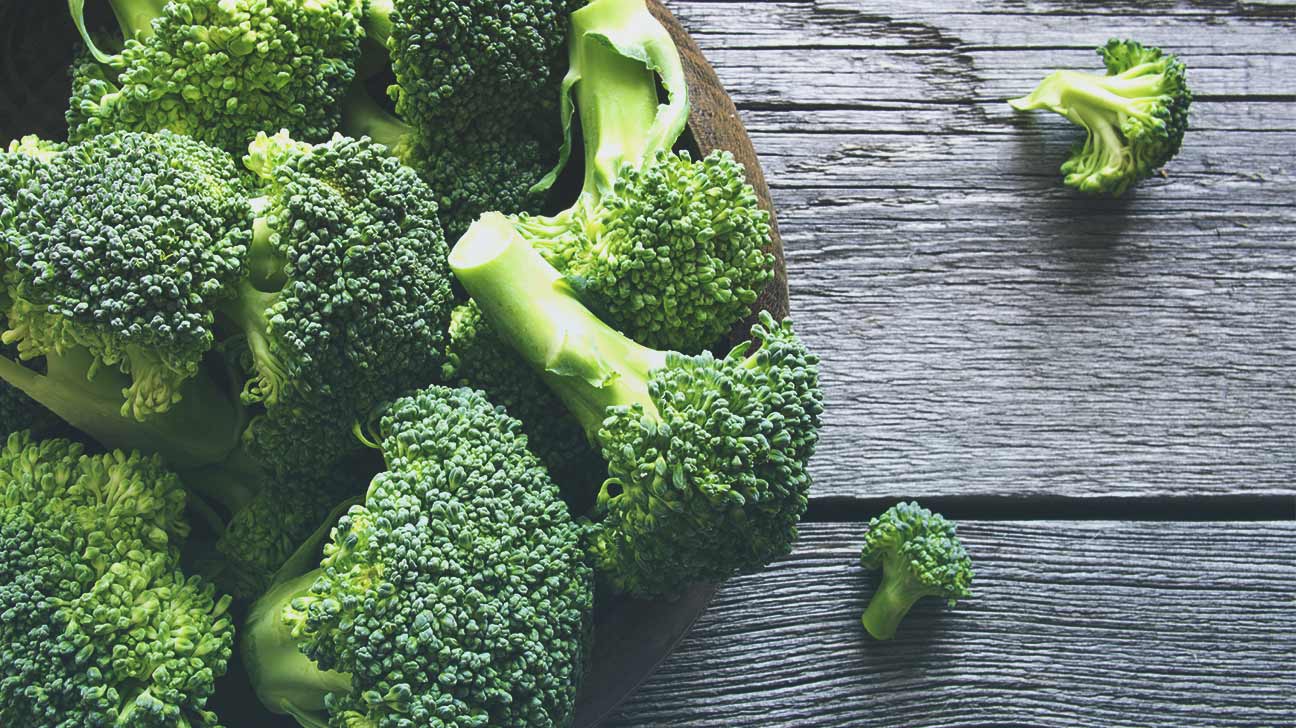
The astringent taste is dry, cooling and heavy.
Decreases kapha and pitta, increases vata
- pears
- dry red wine
- apples
- unripe bananas
- honey
- cabbage
- broccoli
- Brussels sprouts
- alfalfa sprouts
- cauliflower
- cranberries
- legumes
- tofu
- beans
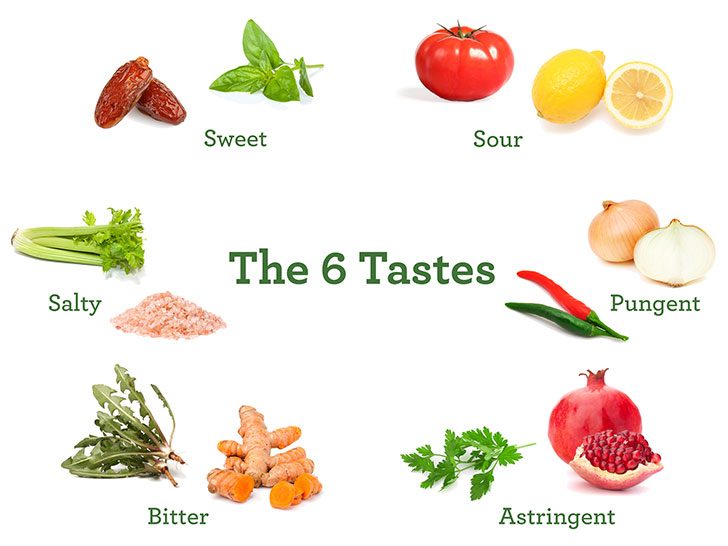
Ayurveda says that we should aim to get all six tastes in at every meal. At first glance, this seems daunting. It is possible to get the six tastes into a meal with less effort than it may seem. Using some herbs in the food and a bit of lemon in a cup of tea knocks out a bunch of them.
Taking care to get these tastes in can help eating become a reverent act. We feel good nourishing ourselves. I’m going to aim for a few tastes at first and see where it takes me.
References
McIntyre, Anne (2014). The Ayurveda Bible. Firefly Books. Sivananda Vedanta Yoga Center (2018). Practical Ayurveda. Penguin Random House.

